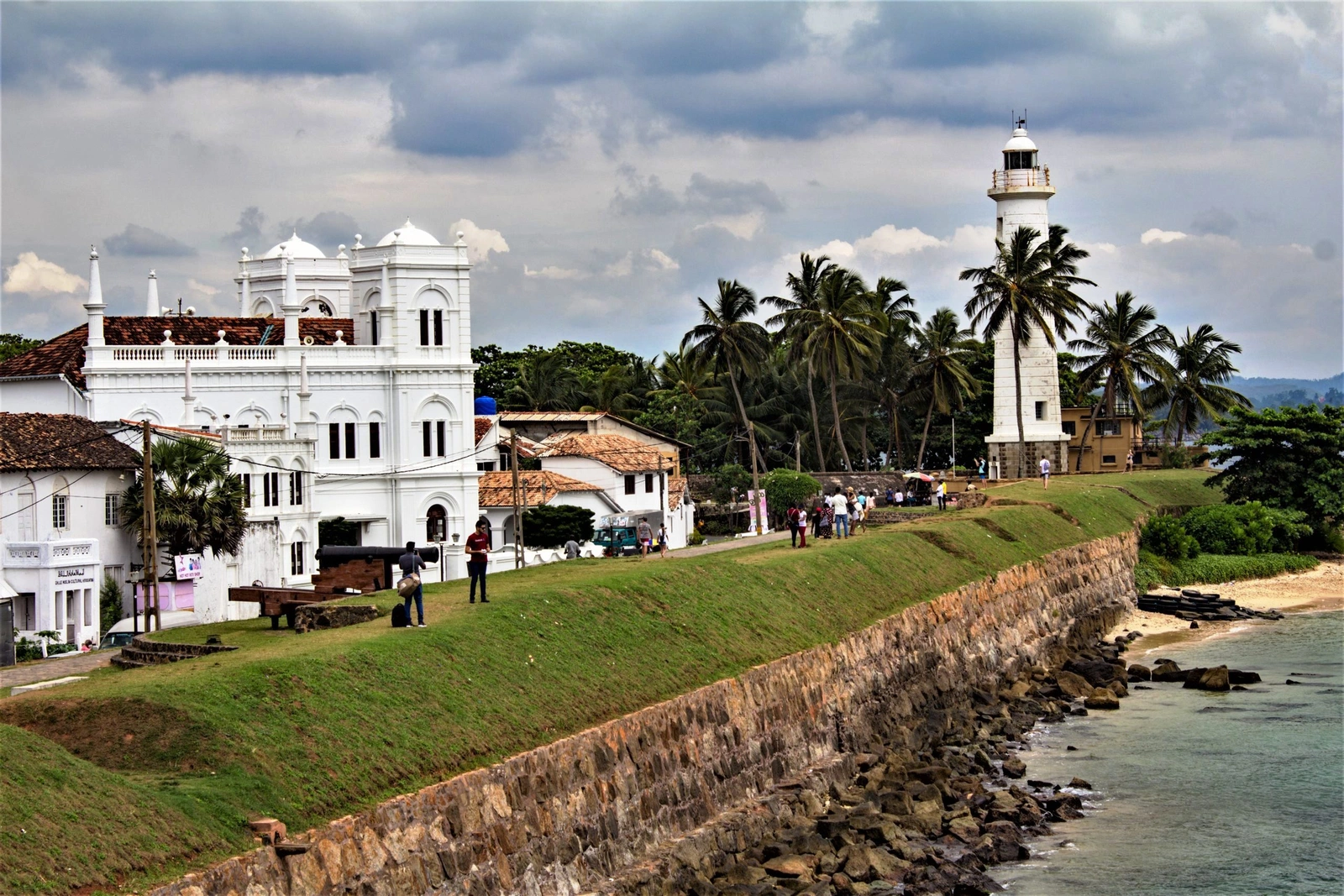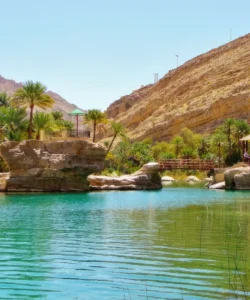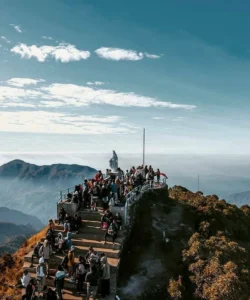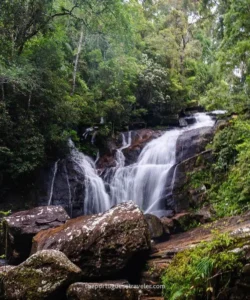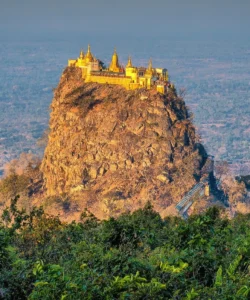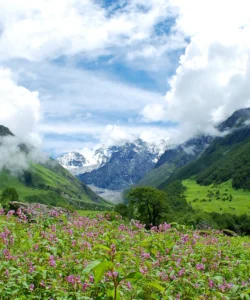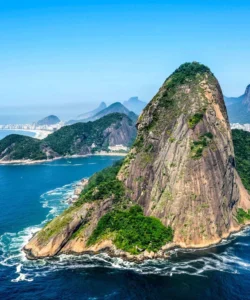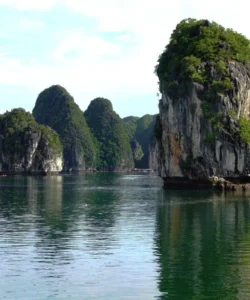Galle Fort is an extraordinary fortified city located on the southwestern coast of Sri Lanka. Originally built by the Portuguese in the 16th century and extensively fortified by the Dutch in the 17th century, it stands as a remarkable example of European and South Asian architectural influences. More than just a ruin, Galle Fort is a living heritage site, a vibrant town with a unique blend of colonial charm, local life, and a strong artistic and bohemian vibe. Recognized as a UNESCO World Heritage site, it is a must-visit for its rich history, preserved architecture, and picturesque coastal setting.
![]()
Name: Galle Fort (ගාල්ල කොටුව, Galla Kotuwa; formerly known as Point de Galle)
Address: Galle Fort, Galle, Southern Province, Sri Lanka.
How to get there:
Galle Fort is easily accessible from Colombo and other parts of Sri Lanka’s south coast:
- From Colombo to Galle:
* Train (Recommended): Take a train from Colombo Fort Railway Station to Galle Railway Station. This is a highly scenic journey along the coast, taking approximately 2-2.5 hours on express trains. The railway station is just outside the fort.
* Expressway Bus (Southern Expressway): Buses depart frequently from Makumbura Multimodal Transport Centre (or other terminals in Colombo) directly to Galle. This is the fastest road option, taking about 1.5-2 hours.
* Coastal Road Bus: Slower local buses run along the picturesque coastal road.
* Taxi/Private Car: Available from Colombo, taking about 1.5-2.5 hours via the expressway. - Within Galle: The Fort is a compact area, and almost all exploration is done on foot. Tuk-tuks are available for short rides around Galle town outside the Fort walls.
Landscape and Architecture:
Galle Fort’s “architecture” is its very essence, a unique fusion of European military design and tropical urban living, meticulously preserved:
- Fortification Walls: The most defining feature is its extensive and remarkably preserved ramparts and bastions, built primarily by the Dutch using coral and granite. These thick, formidable walls encircle the entire peninsula, providing a continuous walking path and panoramic views of the ocean, the fort’s interior, and Galle Lighthouse. Notable bastions include Flag Rock, Triton Bastion, and Sun Bastion.
- Grid-Patterned Streets: Inside the fort, the streets are laid out in a grid pattern, a testament to Dutch urban planning. These narrow, cobbled lanes are almost entirely car-free within the fort’s main areas, making it a pedestrian’s delight.
- Colonial Buildings: The fort is filled with hundreds of beautifully preserved colonial-era buildings, showcasing a blend of Dutch, Portuguese, and British architectural styles. These include:
- Dutch Colonial Houses: Often with high ceilings, spacious courtyards, large wooden doors, and verandas, painted in pastel colors. Many have been converted into boutique hotels, guesthouses, cafes, art galleries, and shops.
- Old Dutch Hospital: A beautifully restored 17th-century building now a vibrant complex of high-end restaurants and shops, retaining its colonial charm.
- Galle Lighthouse: An iconic white lighthouse (built in 1939 on the site of an earlier one) stands proudly on the ramparts, a prominent landmark visible from many parts of the fort and the sea.
- Dutch Reformed Church: A prominent 18th-century church with distinctive architecture and a floor adorned with gravestones from the Dutch era.
- All Saints’ Anglican Church: A beautiful example of Victorian Gothic architecture.
- Old Gate and New Gate: The two main entrances to the fort, each with historical significance and architectural detail, including the original Dutch crest on the Old Gate.
- Courtyards and Verandas: Many buildings feature charming inner courtyards and shaded verandas, offering cool retreats from the tropical sun.
- Museums: The fort houses several small museums, including the National Museum of Galle and the National Maritime Archaeology Museum, showcasing artifacts from the colonial era and maritime history.
- Coastal Setting: The fort juts into the Indian Ocean, with waves crashing against its walls in some sections, providing a dramatic coastal backdrop to its historical structures.
What makes it famous:
Galle Fort is famous for:
- UNESCO World Heritage Site: Inscribed in 1988, it’s recognized as an outstanding example of a fortified city built by Europeans in South and Southeast Asia, demonstrating the interaction of European architectural styles and South Asian traditions.
- Best-Preserved European Fort in Asia: It is widely considered the most well-preserved fortified city in South Asia, offering an incredibly intact glimpse into 17th-century colonial life.
- Living Heritage Site: Unlike a ruin or a museum piece, Galle Fort is a vibrant, functioning town with a diverse community, active businesses, and a palpable sense of daily life unfolding within its historic walls.
- Unique Blend of Cultures: It showcases a fascinating fusion of Dutch, Portuguese, British, and Sri Lankan cultures in its architecture, cuisine, and atmosphere.
- Artistic and Bohemian Hub: Over the past few decades, it has attracted artists, designers, and creative entrepreneurs, leading to a proliferation of boutique hotels, art galleries, independent shops, and chic cafes, giving it a trendy, bohemian vibe.
- Walking on the Ramparts: The ability to walk along the entire circuit of the fort’s walls offers incredible 360-degree views and an immersive historical experience.
- Picturesque Coastal Setting: Its location directly on the ocean, with the fort walls meeting the waves, provides stunning visual contrasts, especially at sunset.
Differences from some other wonders:
Galle Fort distinguishes itself from other historical forts and colonial sites in several unique ways:
- Living, Inhabited Fortified City: While many forts are historical sites or ruins (e.g., Anping Old Fort, Fortaleza do Monte), Galle Fort is a fully functional, inhabited, and thriving town within its original fortifications. This living aspect, with a diverse community, active businesses, and daily life, sets it apart from more purely archaeological or museum-like forts.
- Perfectly Preserved Urban Grid: Its intact 17th-century grid plan of streets and hundreds of residential/commercial buildings makes it a rare and comprehensive example of European urban planning applied in a colonial setting, far more complete than many other colonial remnants.
- Multi-Colonial Layering: It clearly displays distinct architectural and cultural layers from Portuguese, Dutch, and British occupations, making it a tangible timeline of successive European powers in Sri Lanka, rather than primarily reflecting a single colonial period.
- Bohemian and Artistic Transformation: Its relatively recent evolution into a fashionable hub for artists, designers, and boutique tourism while retaining its historical integrity is a unique characteristic. It successfully blends high-end tourism with authentic local life within its historic fabric.
- Walkable Ramparts: The ability to walk continuously along the entire circumference of its extensive ramparts, with panoramic views of both the sea and the charming town within, provides a unique and immersive way to experience its scale and beauty.
In essence, Galle Fort is an extraordinary wonder, a beautifully preserved and vibrant testament to colonial history, a living architectural masterpiece, and a truly captivating blend of cultures set against the stunning backdrop of the Indian Ocean.
